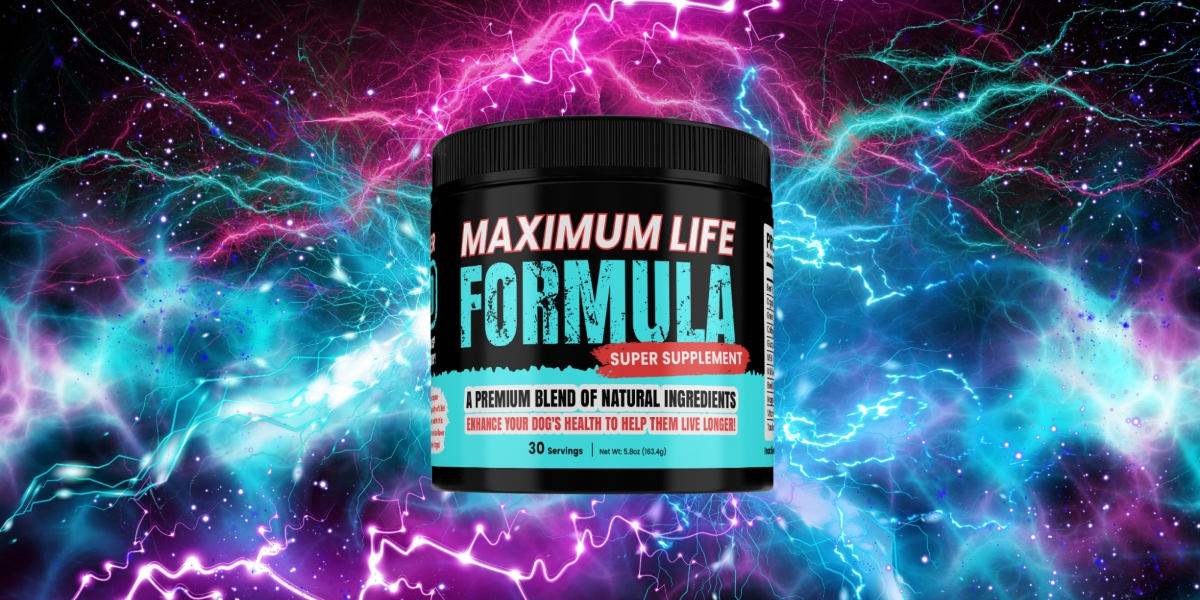Nursing homes need telemedicine. The current care many patients receive is insufficient for the growing demand for hands-on care. Telemedicine greatly expands the access that residents have to physicians or advanced practice nurses that they may not see otherwise. Currently, more than 10% of post-acute patients admitted to a skilled nursing facility never see a doctor or advanced practice nurse during their stay.
Post-acute nursing home patients who don’t see a physician or advanced practice nurse face poorer outcomes. They are two times more likely to be readmitted to the hospital and die within 30 days of their stay. At the moment, Medicare only requires residents to see a physician within 30 days of admission into a nursing facility, but their policy is antiquated. This guideline is a holdover from the time when nursing home patients were primarily long-term residents that needed custodial care.
The current demographic of nursing home patients are shifting towards post-acute care. These patients need more medical intervention than long-term residents. Post-acute care includes rehabilitation such as physical therapy, intravenous antibiotics, skilled wound care, and more. One-fifth of all hospitalized patients are discharged to skilled nursing facilities for post-acute care.n On average, patients wait over 3 days to see a physician, and this number rises to 8.1 days for facilities in rural settings. We have seen how missing or delayed medical care for nursing home residents leads to poor outcomes, and we must find a solution to better care for this vulnerable population.
Nursing home residents need in-house medical care. TapestryHealth uses state-of-the-art technology along with a team of physicians, specialists, and behavioral health services to improve nursing home care and patient outcomes. In one study, adding an advanced practice nurse to the nursing home team led to 48% fewer hospitalizations. Not only do they lower rehospitalizations, but they also reduce costs. During the study, the addition of an advanced practice nurse led to 40% lower costs. In addition, they help to recognize the signs of infection and improve the recognition skills of others, allowing health issues to be treated in the nursing home rather than a hospital.
TapestryHealth provides nursing home residents with bedside access to their team, allowing for round-the-clock care. Their digital vital sign monitoring automatically notifies a nurse practitioner if readings are outside the prescribed parameter, identifying problems early and in-house. Manual vital sign monitoring takes 16 minutes to take and document. Automated monitors cut the whole process down to less than a minute while eliminating the risk of human error. Nursing staff then have more time to focus on patients, and patients receive more immediate interventions.
In addition, TapestryHealth offers a dedicated clinician to every facility that provides day-to-day care while building relationships with patients and staff for better long-term care. A clinician is available virtually to respond to resident needs 24/7, meaning conditions can be treated early, improving outcomes and preventing rehospitalization. The tapestry team includes an on-site nurse practitioner that works with the support of a full-scope, multi-specialty medical and behavioral health team. Improve your nursing home’s medical care with TapestryHealth.










